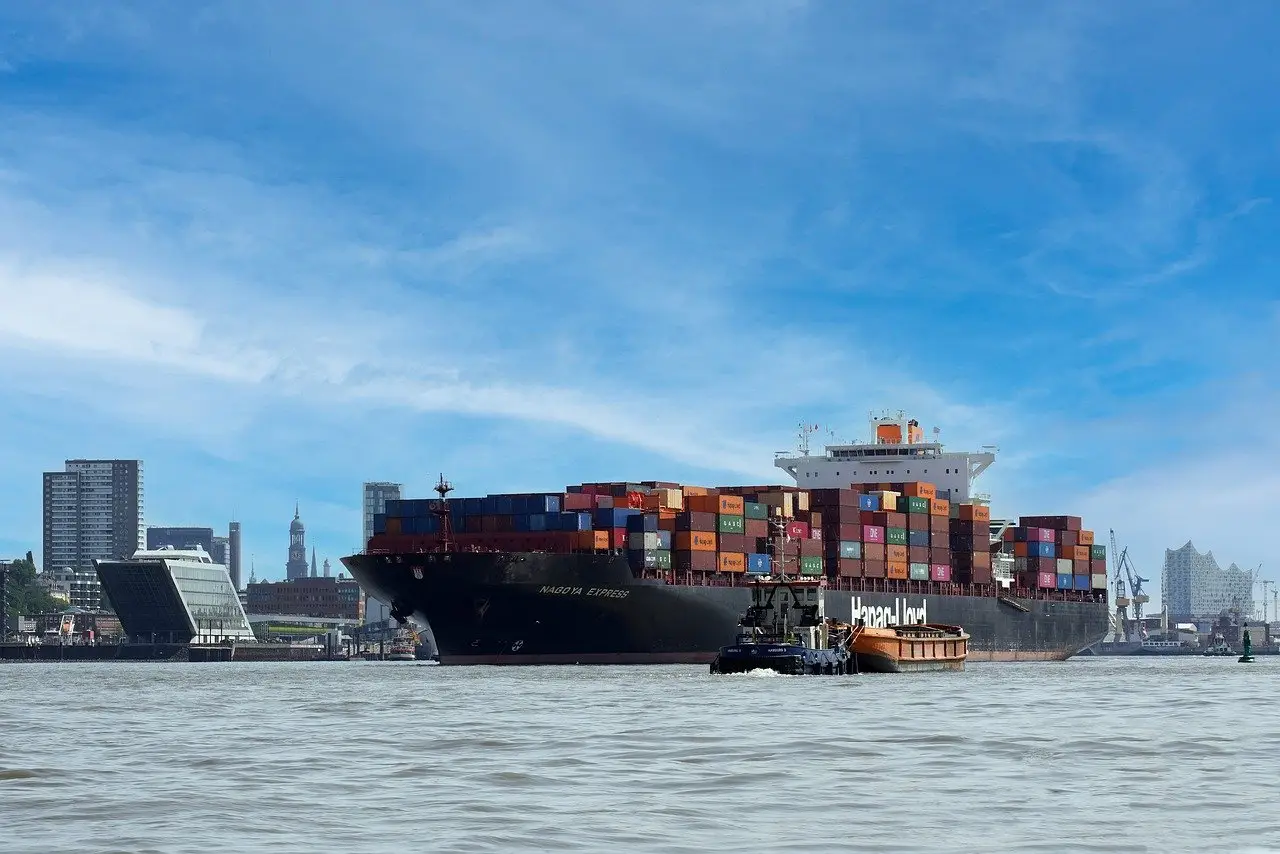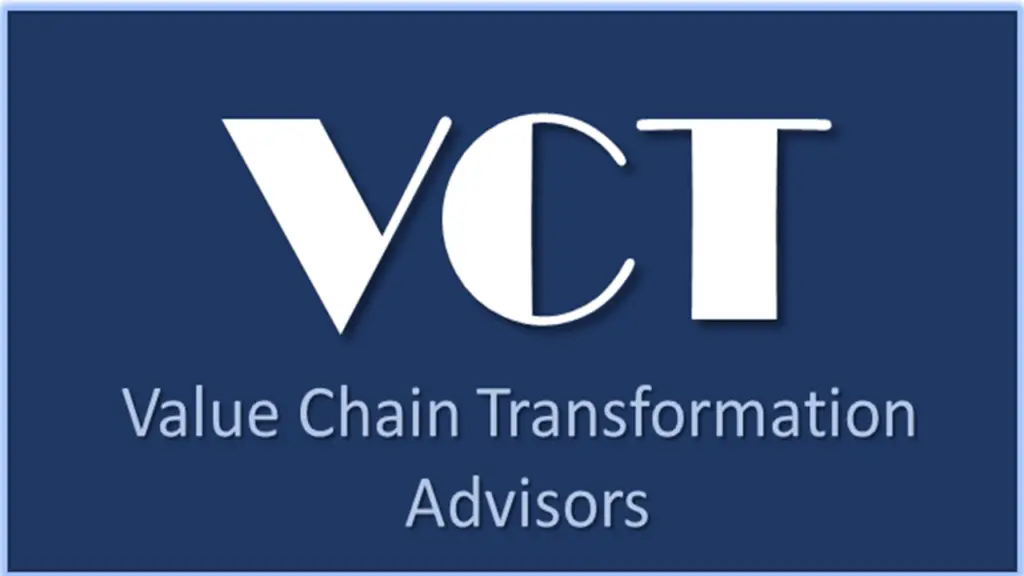Pandemics, trade wars, container shortages — if the last few years have proven anything, it’s how unexpected and consequential a supply chain disruption can be. Whether it’s rising labor costs in the electronics industry delaying certain components or a ship being stuck in the Suez Canal costing $10 billion USD per day, recent supply chain issues have sent shockwaves through the rest of the economy, and sent some industries grinding to a halt.
In this guide to supply chain resilience, we’ll answer the question, “What is supply chain disruption?” We’ll start with a brief definition and give a few supply chain disruption examples, then show what causes them and how organizations can best respond. Then, we’ll list some steps to take in the risk management processes to mitigate the impact of a supply chain disruption — and how GAINS can help you manage the risk in your own supply chain.
What is a Supply Chain Disruption?
A supply chain disruption can be anything that interrupts the flow of goods and services throughout your supply network. They can vary on the spectrum of their severity, and are therefore often categorized as low-impact, medium-impact, and high-impact.
For example, disruptive events such as a labor shortage or short-term equipment malfunction would constitute a low-impact supply chain issue. Depending on the severity, a cyberattack could constitute a medium- or high-impact disruption. A more catastrophic event that would pose a systemic threat to your ongoing operations — such as a pandemic or national security threat — would constitute a high-impact event.
Causes of Supply Chain Disruptions
Their varied nature means that supply chain disruptions can have many causes. Some of the main obstacles to resilient supply chains are:
- Demand spikes and pricing fluctuations. Market demands for a good or service can shift unexpectedly. Seasonality, competitor emergence, or the innovation of a new product can all influence your goods’ popularity, causing demand to rise or fall with it.
- Natural disasters and global pandemics. Health crises such as the COVID-19 pandemic have required companies to shift the landscape of their work environment, and natural disasters can shut down entire manufacturing facilities.
- Labor disruptions and transportation issues. Labor shortages can make it difficult to maintain production requirements, causing supply levels to be inadequate for consumer demand. Transportation issues such as a shortage of shipping containers also hinder a company’s ability to move their goods from point A to point B, making it impossible to reach the consumer.
- Economic and geopolitical instability. Military conflicts and political unrest can make it dangerous to continue production in some parts of the world, sometimes shutting down entire ports and infrastructural components. Global policy shifts are also unpredictable, causing the cost of doing business with some nations to vary unpredictably.
One of the key challenges of supply chain optimization is that many of the causes of supply chain disruptions are interconnected. The emergence of a global pandemic created an abrupt spike in the demand for personal protective equipment (PPE), and disrupted the labor force by mandating some employees to be off the manufacturing floor. They may not be able to remediate the underlying causes of each one, but companies must understand how each cause relates to another if they hope to achieve true supply chain resilience.
Risk Management: How To Reduce Supply Chain Disruptions
Companies can’t eliminate all of the causes of supply chain disruptions, but they can take proactive steps to mitigate the damage such incidents could create. Establishing a comprehensive supply chain risk management framework can help reduce your supply chain uncertainty Establishing strategic partnerships, maintaining adequate inventory, and leveraging predictive and prescriptive analytics can go a long way as well.
Identifying Potential Risks and Establishing Response Protocols
The first step of mitigating your supply chain risks is identifying which links are most vulnerable. Discovering which components of your supply chain are most susceptible to a future disruption can help you establish the necessary response protocols, so that your operations can continue undisturbed. Once you’ve identified your greatest supply chain vulnerabilities, some response protocols to implement include:
- Shifting orders to alternative manufacturing facilities, in the event of a natural disaster.
- Notifying customers and business partners of potential shipping delays, in case of a container shortage.
- Contacting secondary suppliers, should shifting global policies shut down suppliers in affected countries.
- Launching a vulnerability remediation initiative, if a cyberattack should occur.
A company with multiple factories overseas may be more vulnerable to geopolitical disruptions and shipping complications than a software company whose main concern is cybersecurity. Conduct a supply chain risk assessment to see which potential disruptions you should prioritize, and craft your risk management response strategy accordingly.
Suppliers: Diversification and Improving Communications
Using a single supplier puts all your eggs in one basket and increases your risk of a potential disruption. Establishing backup suppliers can mitigate your supply chain risk, especially for companies whose main vulnerabilities pertain to geopolitical disruptions.
For example, nearshoring initiatives have brought some manufacturing sites to nations that are closer to home, reducing the distance required for the end product to reach the consumer. This creates an alternative supply channel if one vendor or facility is shut down due to policy shifts or civil unrest, thereby improving your supply chain stability.
Reshoring initiatives take the process a step further by bringing facilities back onto domestic soil. Many companies have found that any added labor costs associated with a domestic workforce are offset by gains in supply chain stability — and a brighter brand image can boost profits too.
Investing in Backup Inventory
Just-in-time production and lean manufacturing principles have historically caused many companies to keep backup inventory levels to a minimum, but that trend is starting to shift. Supply chain disruptions have proven so costly that some companies now find it more profitable to keep extra inventory on hand, so that they can continue production in the event of delays and respond to changes in market demand. The tradeoff is higher overhead costs, but the superior supply chain resilience may be worthwhile.
Leveraging Technology and Analytics
Fluctuations in market demand are one of the biggest disruptions in supply chain dynamics. You used to have to account for them with mainframes and mixed integer linear programming (MILP), but AI and machine learning (ML) models can now predict these fluctuations with more precision than ever. Predictive analytics can help you anticipate upcoming shifts based on historical trends, and prescriptive analytics can provide recommendations for how best to adapt to changes that once may have surprised you.
Modern supply chain optimization software like GAINS is complete with AI/ML functionalities, and serves as a platform to give total visibility into all your supply chain operations. Some also possess extensive automation capabilities to improve the efficiency of your supply chain workflows. Implement them to elevate your productivity and gain deeper insights into your supply chain operations.
Build Resilient Supply Chains with GAINS
Supply chain disruptions can be catastrophic for even the most profitable enterprise. Not only does their impact penetrate deep into your own operations and spread to other suppliers and end-users, but they often arise from factors that are outside your control. Such instability means that companies must integrate supply chain dynamics into their risk management processes to mitigate their supply-chain-related risk.
GAINS’ first-in-class supply chain optimization platform helps companies build supply chain considerations into their risk management framework. Our platform transcends traditional silos of ERP, supply chain planning, and network design. It leverages AI and ML technology to implement risk management protocols, so that you can better manage the volatility and uncertainty in your supply chain. The result is a highly automated workflow that makes the right decisions to optimize your supply chain performance, so check out our solutions today.



